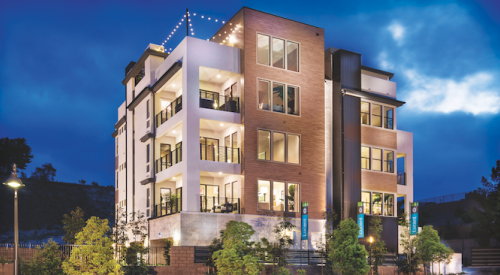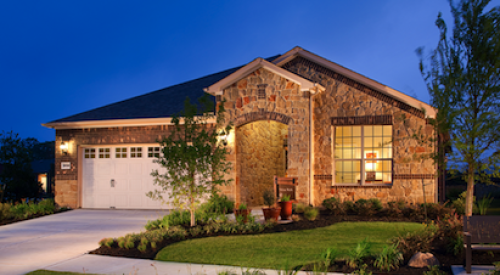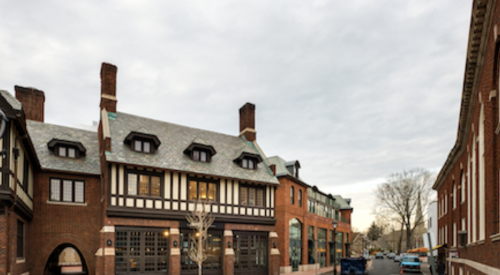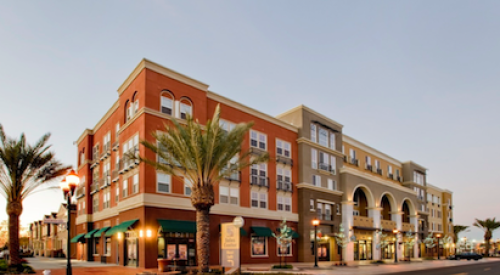Intergenerational housing that goes out of its way to mix older and younger people is increasingly regarded as healthier, physically and psychologically. Several new developments, such as Mirabella at Arizona State University and Cantina in Buda, Texas, make a point of mixing age groups.
Why is housing designed to help older people stay in the mix becoming a priority? Two words: Baby Boomers. Currently, there are 73 million Boomers, all born between 1946 and 1964. According to the Census Bureau, about 10,000 members of this group turn 65 every day, “and by 2030, all Boomers will be at least age 65.” As with every other aspect of society, Boomers seem destined to transform the business of aging and we’ll soon get help from Gen X, since the leading edge of that cohort is now turning 55.
A company called Cantina Communities and have recently secured backing from the Mansueto Office, a Chicago-based investment firm, to begin building residential enclaves that reject what Mr. Hollander regards as a “cruise ship, one-lane lifestyle.” Instead, they plan to encourage residents to create their own culture, using familiar technology — “basic tools that everybody, including my parents, knows how to use,” he said — like shared calendars. The partners are currently preparing to break ground on their first community, adjacent to the main street of Buda, Texas, a small town 15 miles southwest of Austin.
Current plans show tight clusters of small rental homes, ranging from a 520-square-foot junior one-bedroom to a 1,130-square-foot two-bedroom. All are distinctly modern, with covered porches, some subtle Craftsman-style touches and walls that are mostly windows. There will also be a “great house” and “common studios” that can be used for the events and programs that the community itself will generate. But the main advantage, at least with this first development, is that it will be part of a small town that has lately become a destination for people who can no longer afford Austin.
“We couldn’t have been more fortunate with this site,” says Chris Krager, a local architect and developer, “because we really are across from City Hall and a public library, and walking distance to the downtown main street, which is really cute.” Future sites, he said, are likely to be in “ex-urban destination-type places,” like the Hudson Valley, around Lake Tahoe or near Joshua Tree National Park.












